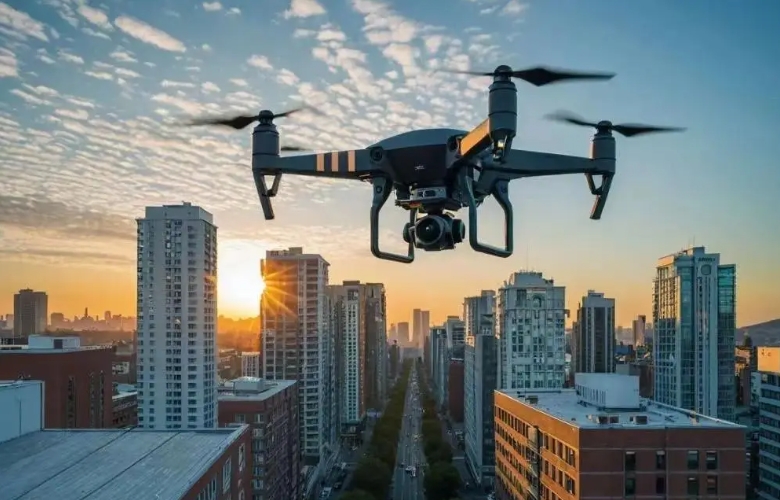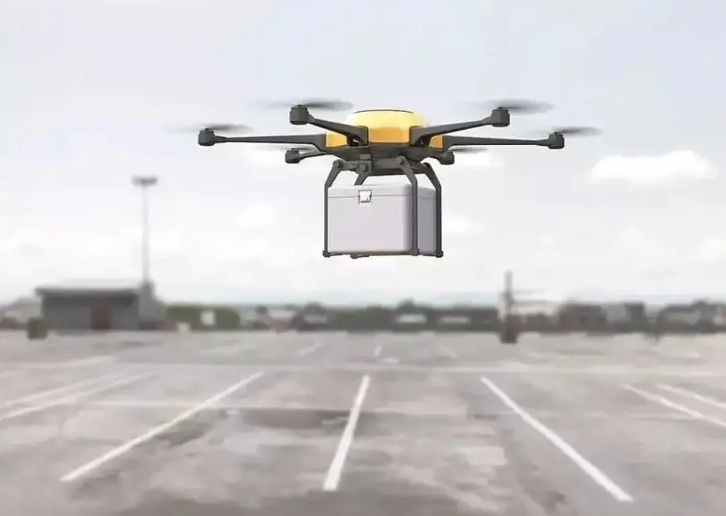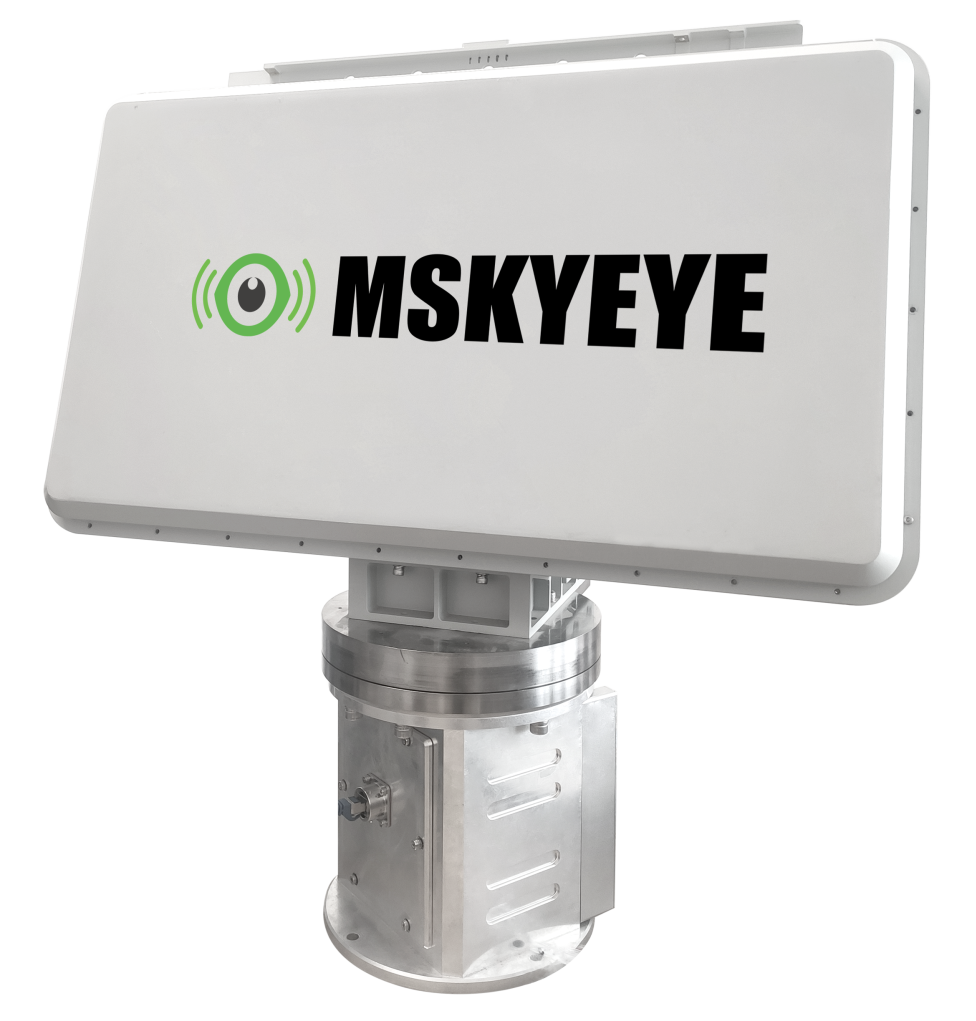Low-altitude economy is an emerging economic form, mainly relying on low-altitude airspace (usually refers to the vertical height of less than 1000 meters, according to different regional characteristics and actual needs can be extended to within 3000 meters of the airspace) to carry out a variety of manned and unmanned aircraft flight activities. This economic form covers many industries from the research and development and manufacturing of aircraft, low-altitude flight infrastructure construction and operation to flight service support.
The low-altitude economy not only includes various low-altitude flight activities of civil manned and unmanned aircraft, but also involves the application of multiple scenarios such as transporting people, transporting goods, and special operations, and radiates the development of related fields. For example, electric vertical take-off and landing vehicles (eVTOL) are an important part of this.
Low-altitude economy has significant strategic significance, which can promote high-quality economic development and become a new engine of economic growth. Promote the optimization and upgrading of industrial structure and enhance national competitiveness; We will expand new market space and foster new growth drivers. In addition, low-altitude economy is also widely reflected in the first, second and third industries, involving military, political, commercial and civilian scenarios.
Low-altitude economy is a comprehensive economic form, driven by low-altitude flight activities of aircraft to promote the integrated development of related fields, with the characteristics of long industrial chain, complex application scenarios, multiple users and so on.

First,specific definition and scope of low-altitude economy
Low-altitude economy is a new economic form, its specific definition and scope are as follows:
Low altitude economy refers to the vertical height of less than 1000 meters, according to the actual need to extend to no more than 3000 meters of airspace, civilian manned and unmanned aircraft, covering manned, cargo and other related activities. It not only includes the development and manufacturing of aircraft, operation services and other directly related fields, but also involves comprehensive support, airspace management and other aspects.
Scope:
R&d and manufacturing: including the development and manufacturing of low-altitude aircraft and their key components (such as new materials, electronic equipment, engines).
Operational applications: Practical applications involving low-altitude aircraft, such as logistics transportation, air Tours, emergency rescue, etc.
Infrastructure: includes the infrastructure construction required for low-altitude flight, such as airports, navigation systems, communication facilities, etc.
Innovative services: Provide various innovative services related to the low-altitude economy, such as data processing, data analysis, etc.
Safety supervision: To ensure the safety of low-altitude flights, and to develop and enforce relevant regulations and standards.

Second, the development status and trend of low-altitude economy in the global scope
The global low-altitude economy is in the early stage of cultivation, but the development potential is huge. With the aggravation of ground traffic congestion and the increasing maturity of UAV technology, countries are actively exploring and cultivating low-altitude economic industries. In 2023, the global low-altitude economy has made milestone progress in many aspects, such as machine research and development and manufacturing, airworthiness and supervision, market and investment. China's low-altitude economy is also developing rapidly, and the market size has exceeded 10 billion dollars.
The core of low-altitude economy is the integration and application of aircraft and various scenarios, of which drone delivery and electric vertical take-off and landing vehicle (eVTOL) manned passenger transport have the most market growth potential. Uav logistics, low-altitude sightseeing Tours, aerial photography services, and aerial monitoring services have become an important part of low-altitude economy.

Third,the role of electric vertical take-off and landing vehicle (eVTOL) in the low-altitude economy
eVTOL can meet the needs of low-altitude short-distance commuting and logistics in cities, especially for point-to-point air transportation in densely populated urban Spaces, suburbs and intercities. Both driverless and manned modes allow it to flexibly respond to different transportation needs, focusing on urban passenger and freight directions.
eVTOL has the characteristics of vertical takeoff and landing, intelligent operation, fast maneuvering, etc., which can effectively use low-altitude urban airspace resources, so as to effectively alleviate the increasingly serious urban ground traffic congestion.
As a purely electric vehicle, eVTOL produces no harmful exhaust gases and greenhouse gases, and the electric drive has no engine noise, so it has significant advantages in terms of environmental protection and low noise.
Compared to conventional helicopters, eVTOL is lower in manufacturing costs, operating costs and sales price, and it is also safer due to the safety redundancy provided by multiple independent and reliable powertrains.
eVTOL is also seen as one of the key low-altitude tourism solutions of the future, especially suitable for short-distance, fast and economical low-altitude tourism projects.
eVTOL plays an important role in the low-altitude economy, not only improving the efficiency of urban transportation, but also bringing significant advantages in terms of environmental protection, cost and safety.
Fourth, what are the low-altitude economic industries
The field of low-altitude economy involves a number of industries and application fields, mainly including the following aspects:
Drone industry: including the manufacturing, research and development, sales and operation of drones, covering all kinds of drone applications, such as aerial photography, agricultural plant protection, logistics distribution, infrastructure inspection, emergency rescue and so on.
Airship industry: Airship is a kind of aircraft that can hover and fly slowly in low altitude areas, which can be used in tourism, advertising, meteorological observation, communication relay and other fields.
Sensor manufacturing and application: The low-altitude economy requires a large number of environmental monitoring sensors, weather sensors, image sensors, etc., for data acquisition, environmental monitoring and information acquisition.
Communication technology and equipment: communication technology and equipment for low-altitude area communication coverage and data transmission, including Internet of Things communication technology, satellite communication, ground communication equipment, etc.
Data processing and analysis: Related technologies and services for the processing, analysis and application of data obtained from low altitude areas, including data storage, big data analysis, artificial intelligence algorithms, etc.
Laws, regulations and regulatory services: For the development of low-altitude economy, it is necessary to establish relevant laws, regulations and regulatory systems, including flight management, airspace management, safety supervision and other services.
Training and education: Training UAV operators, pilots, maintenance personnel and other related talents, as well as providing related education and training services.
Application Development and Solution providers: Companies that provide various application development, solution design and customization services for the low-altitude economy.
Low-altitude economy involves a number of industries and fields, including aircraft manufacturing, sensor technology, communication technology, data processing and analysis, laws and regulations supervision and other aspects of the industry and services.
Fifth, the impact of low-altitude economy on related industrial chains and its economic benefits
As a strategic emerging industry, low-altitude economy has a long and complex industrial chain, covering many links such as aircraft research and development and manufacturing, low-altitude flight infrastructure construction and operation, and flight service support. On the whole, the low-altitude economy not only includes the manufacturing and operation services of low-altitude aircraft, but also involves the direction of low-altitude infrastructure and supporting support.
In terms of specific industrial applications, low-altitude economy can be divided into "low-altitude + logistics", "low-altitude + tourism", "low-altitude + fire protection", "low-altitude + emergency" and other fields. These applications have not only promoted the integrated development of related fields, but also led to the expansion and deepening of the entire industrial chain. For example, in the field of logistics, the application of drones and electric vertical take-off and landing vehicles (eVTOL) has greatly improved logistics efficiency; In the field of tourism, low-altitude sightseeing provides tourists with a new way to experience.
From the perspective of economic benefits, low-altitude economy has a significant impact on related industrial chains. First, it can create a large number of jobs, promote technological innovation, and promote sustainable urban development. Secondly, the development of low-altitude economy helps to enhance the performance support of enterprises, because with the increase of market demand, related enterprises will get more orders and profit margins. In addition, the low-altitude economy also has the characteristics of green environmental protection, which helps to cultivate new competitive advantages.

